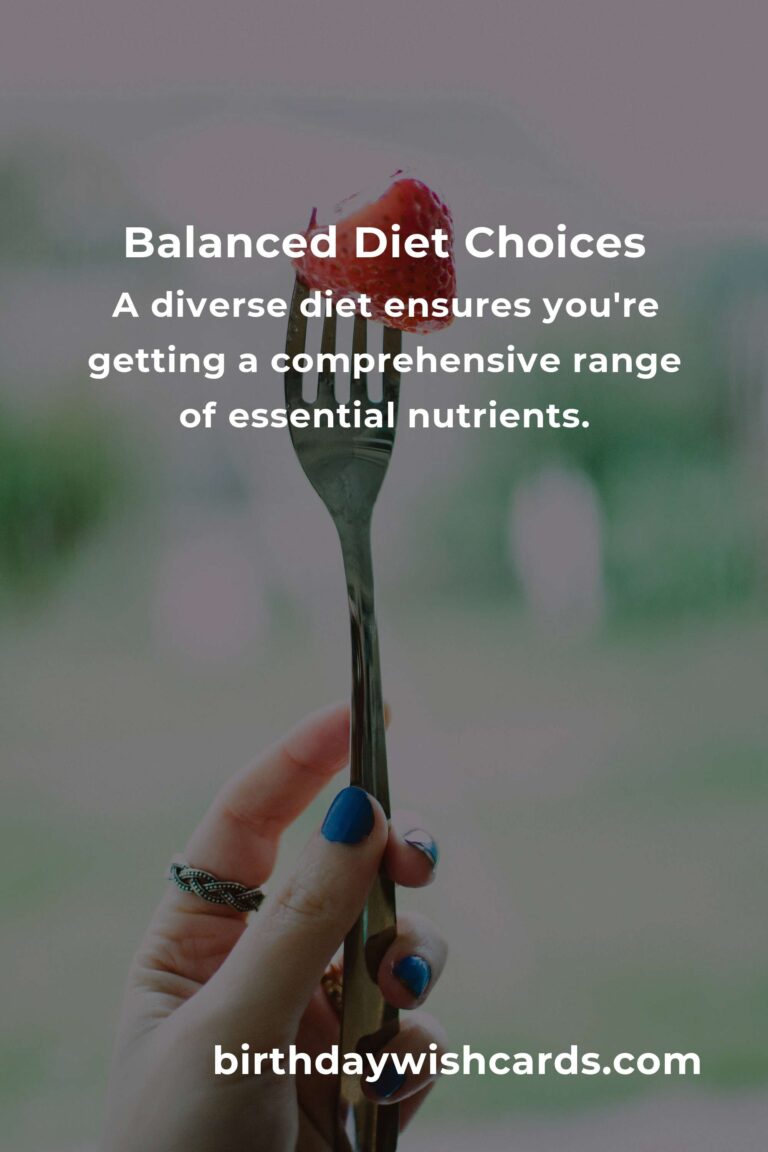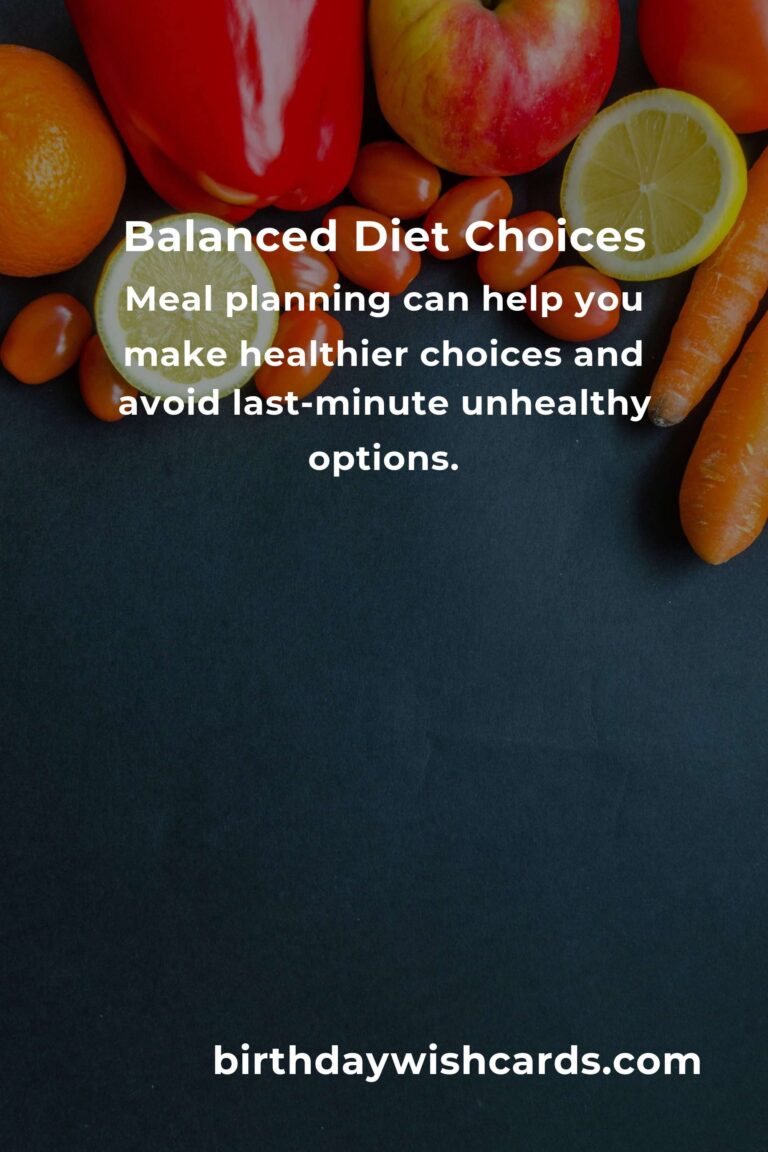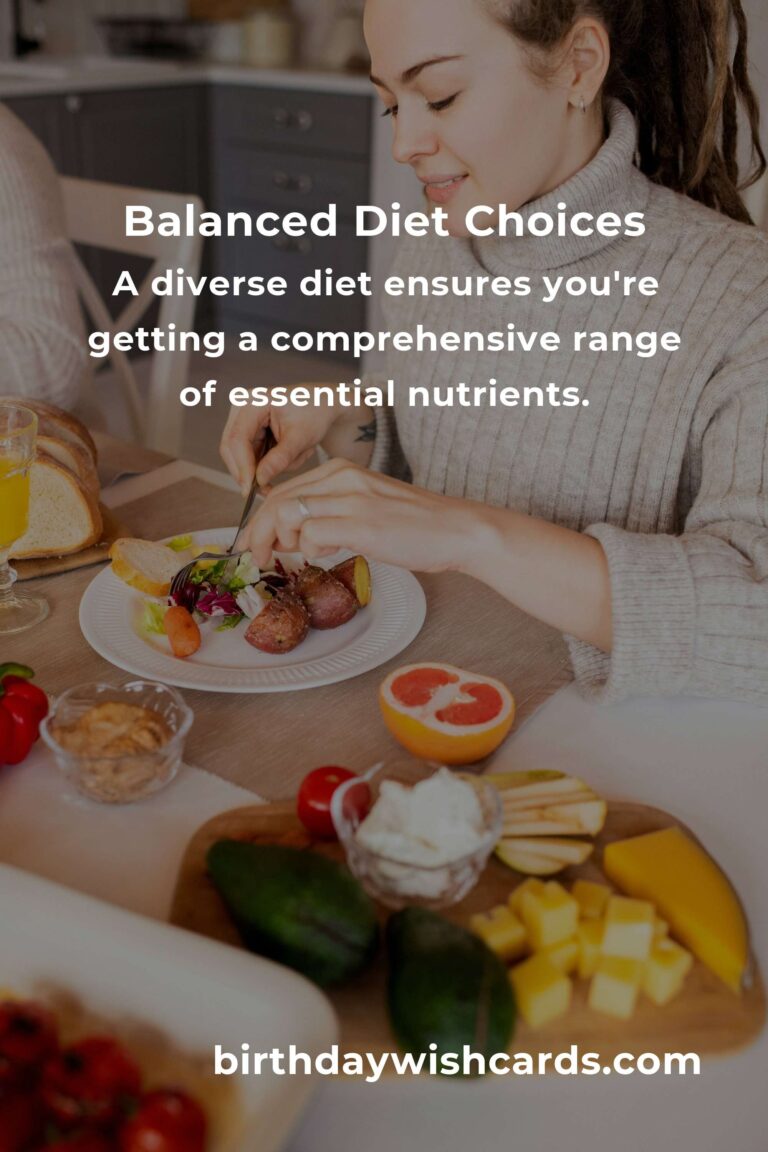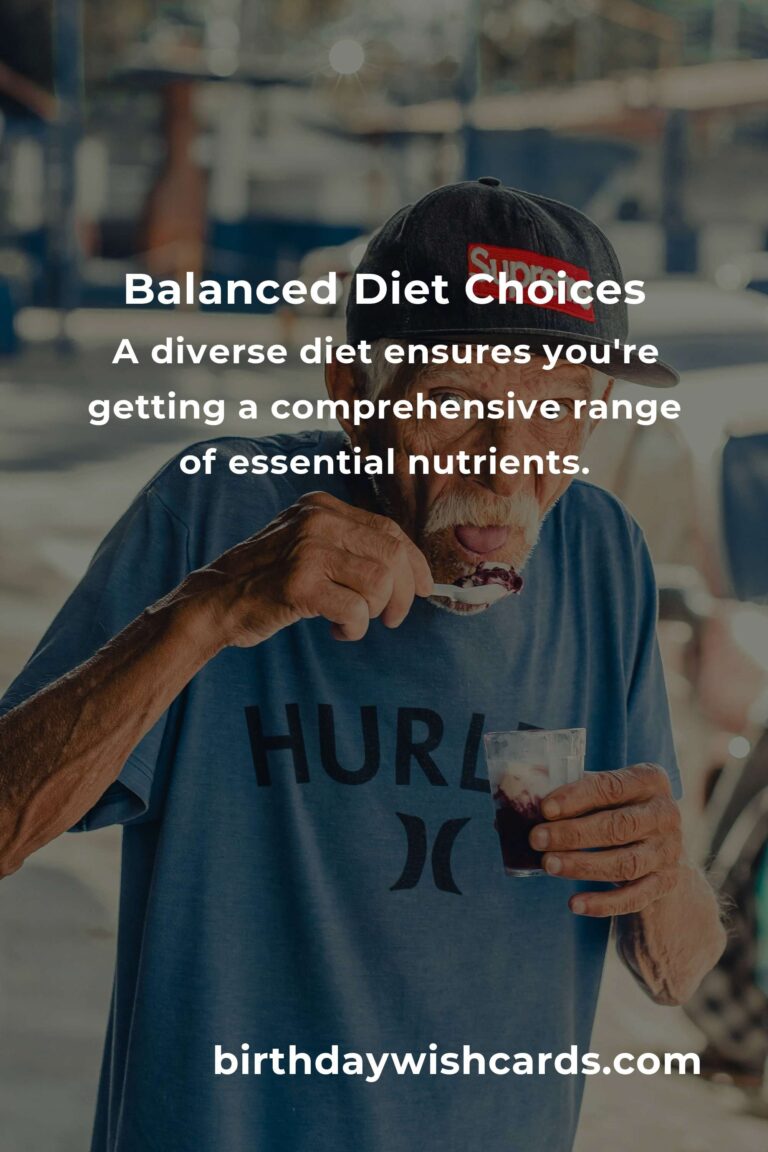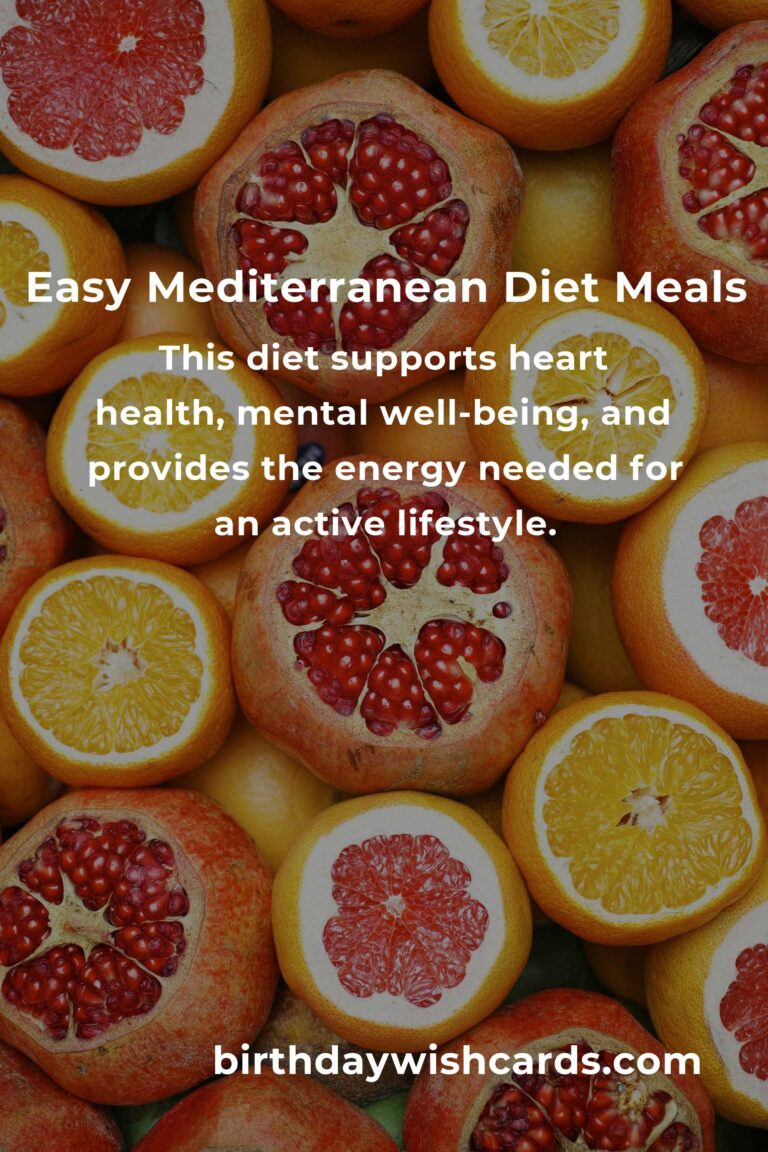
Healthy eating is more than just a dietary choice; it is a lifestyle that promotes overall well-being. In today’s fast-paced world, where processed foods and unhealthy options are readily available, understanding how to eat healthily can be a daunting task. This guide aims to provide you with the tools and knowledge to make informed decisions about your diet and embrace a healthier lifestyle.
Understanding the Basics of Healthy Eating
Healthy eating is about consuming a balance of nutrients that your body needs to function optimally. This balance includes proteins, carbohydrates, fats, vitamins, and minerals. A healthy diet is not solely about strict limitations, staying unrealistically thin, or depriving yourself of the foods you love. It’s about feeling great, having more energy, improving your health, and boosting your mood.
To begin, focus on incorporating a variety of foods into your diet. Each food group provides different essential nutrients, and a diverse diet ensures you’re getting a comprehensive range of these nutrients.
Components of a Healthy Diet
1. Fruits and Vegetables
Fruits and vegetables are rich in vitamins, minerals, and antioxidants. They help reduce the risk of chronic diseases and provide essential nutrients that are typically low in the average diet. Aim to include a variety of colors and types of produce, as each color group offers different benefits.
2. Whole Grains
Whole grains are a crucial component of a healthy diet. Unlike refined grains, whole grains contain the entire grain kernel, which provides more nutrients, including fiber, B vitamins, and minerals. Examples include whole wheat, brown rice, quinoa, and oats.
3. Lean Proteins
Protein is essential for building and repairing tissues, making enzymes and hormones, and supporting immune health. Opt for lean protein sources such as poultry, fish, beans, and legumes. Incorporating plant-based proteins can also reduce the risk of heart disease.
4. Healthy Fats
Not all fats are bad. Healthy fats, such as those found in avocados, nuts, seeds, and olive oil, are beneficial for heart health. They help reduce bad cholesterol levels and provide essential fatty acids the body can’t produce on its own.
Tips for Effective Healthy Eating
1. Plan Your Meals
Meal planning can help you make healthier choices and avoid last-minute unhealthy options. Set aside time each week to plan your meals, create a shopping list, and prepare ingredients in advance.
2. Mindful Eating
Mindful eating involves paying full attention to the experience of eating and drinking. It can help you recognize your hunger cues and prevent overeating. Take your time to savor each bite, and listen to your body’s signals.
3. Stay Hydrated
Drinking enough water is crucial for overall health. Water helps regulate body temperature, transport nutrients, and eliminate waste. Aim for at least eight 8-ounce glasses a day, and adjust based on your activity level and climate.
4. Limit Processed Foods
Processed foods often contain high levels of sugar, salt, and unhealthy fats. Try to limit these in your diet and opt for whole, unprocessed foods whenever possible.
Overcoming Barriers to Healthy Eating
Everyone faces challenges when trying to eat healthily. Common barriers include time constraints, budget, and access to healthy foods. To overcome these, consider preparing meals in bulk, choosing seasonal produce, and exploring local markets for affordable options.
Conclusion
Achieving effective healthy eating is a journey that requires commitment and knowledge. By understanding the basics, planning your meals, and making informed choices, you can enjoy the benefits of a healthy diet. Remember, it’s about progress, not perfection. Start with small changes, and build on them over time.
Healthy eating is a lifestyle that promotes overall well-being. A diverse diet ensures you’re getting a comprehensive range of essential nutrients. Meal planning can help you make healthier choices and avoid last-minute unhealthy options. Mindful eating involves paying full attention to the experience of eating and drinking. Processed foods often contain high levels of sugar, salt, and unhealthy fats.
#HealthyEating #Nutrition #WellBeing #DietTips #MindfulEating



